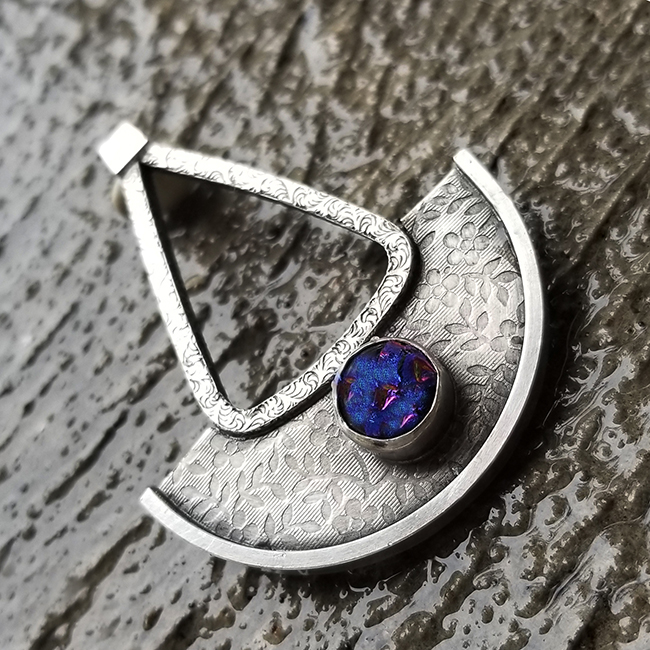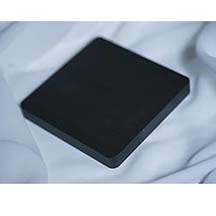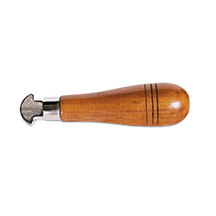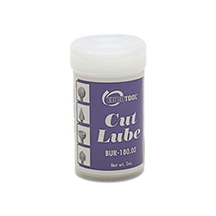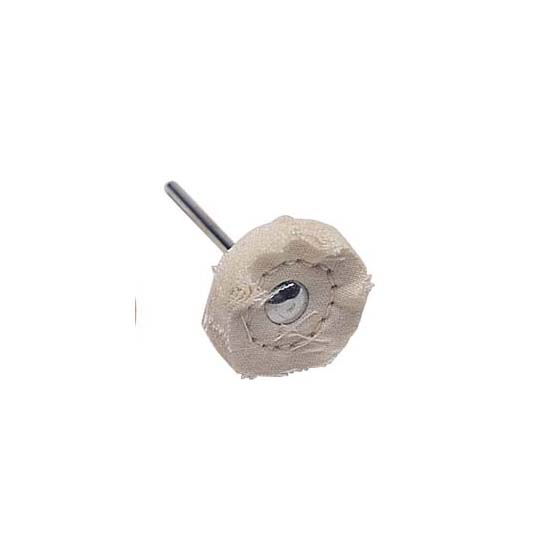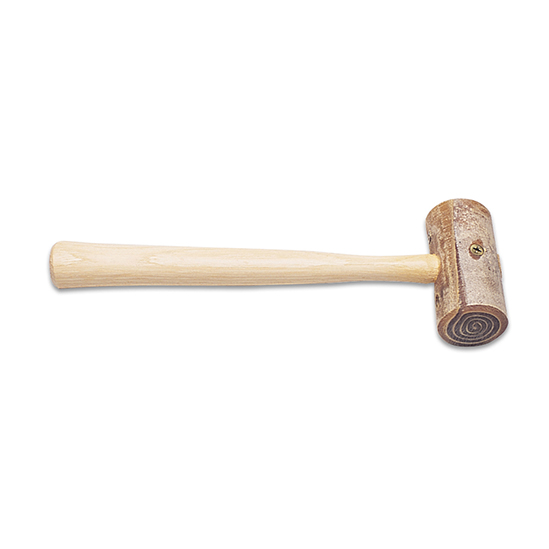
Voyager Pendant
- Level
- Intermediate
- Session
- 6 hours, all day
- Description
- Take a voyage in metal working to create a pendant that has texture, design and a little heavenly sparkle. We will solder, forge, and texture sterling silver, then bezel set a cabochon to add color.
Tools
Some tools will be provided by the instructor. Please refer to your registration.-
Bench Block
Steel or Anodized aluminum - Used as a hammering surface for metal stamping or working with metal. -
Bench Pin
There are a variety of bench pins available on the market, any will do. However, you will need to bring a 4” or larger C-clamp. As the C-clamp provided with a bench pin does not fit most tables at the shows. -
Bezel Rocker
There are 2 bezel rockers on the market, the one shown is preferred, but if you own the other one it will work also. I usually have 2 to share at the shows. -
Bezel Shears
Used to cut metal sheet. There are many available on the market, any of which will work, however they should NOT be serrated. (Tin snips or airplane shears will also work, however, they may be large and cumbersome.) If the project has curves in the design and you own a pair, bring curved bezel shears. This is an optional item for most classes. Shears will be provided for use during classes. -
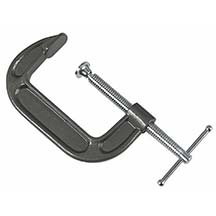
C-clamp
To be used with bench pins to clamp to tables. May be found at any local hardware store. Must be at least 3 inches. -
Chasing Hammer
Used for chasing/moving metal. In my classes chasing hammers are used to create hammer marks on metal and riveting. Instructor will provide for every class needed. -
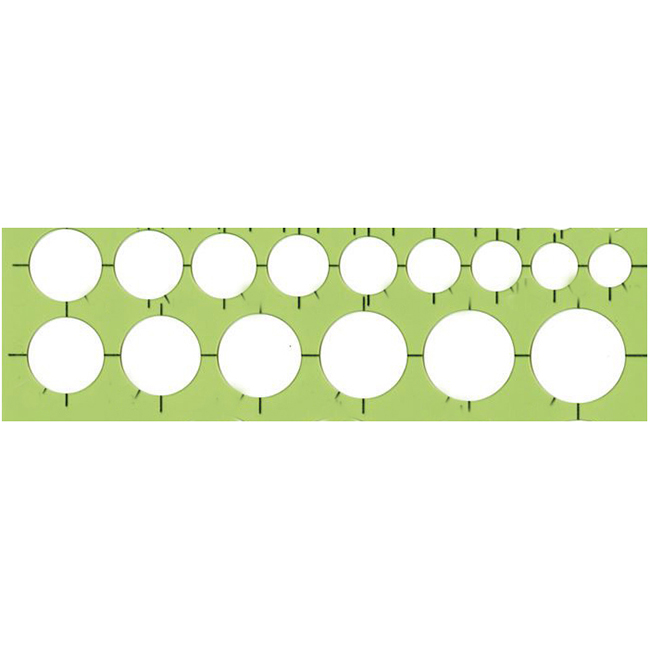
Circle Template
Used to create a pattern for cutting. For most classes this template needs to include circles at least 1.25" in diameter or larger. -
Curved Burnisher
Used to burnish or smooth the surface of metal. For most projects using this tool you will want at least a 3mm ball. This tool may also be found at your local craft store for use with clay or nail art.
-
Cut Lube
Used to lubricate saw blades and drill bits for ease of cutting. -
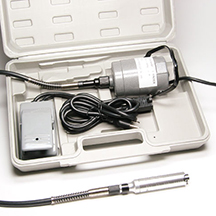
Flex shaft
Rotary tool used for polishing, drilling, finishing, etc. Flex shafts are available for purchase new and gently used at the class. Pleased contact the instructor if are interested in purchasing one at the class as quantities are limited. -
Hand Tools
Basic hand tools – Any quality is appropriate for my classes. These do not need to be high end or expense.
- Round nose - Typically it is preferred that the round nose be a fine tip. Especially for classes with detailed wire work.

- Chain/needle nose – Tapered jaws for general metal and wire work. Non-serrated are requested for all of my classes. Typically requested for classes to be used for opening and closing jump rings; in which case, 2 pairs are requested or a combination of chain nose and flat nose is suitable.

- Flat nose – Similar to chain nose but the jaws are not tapered. Non-serrated are requested for all of my classes.

- Round nose - Typically it is preferred that the round nose be a fine tip. Especially for classes with detailed wire work.
-
Heavy Duty Cutters
Although any heavy duty cutter will work, if they are flush, they will make your work a lot easier. Cutter should be able to cut through 10g wire. (Many cutters imprint their cutting capacity on the inside of the handle.) Keiba and Xuron are recommended. -
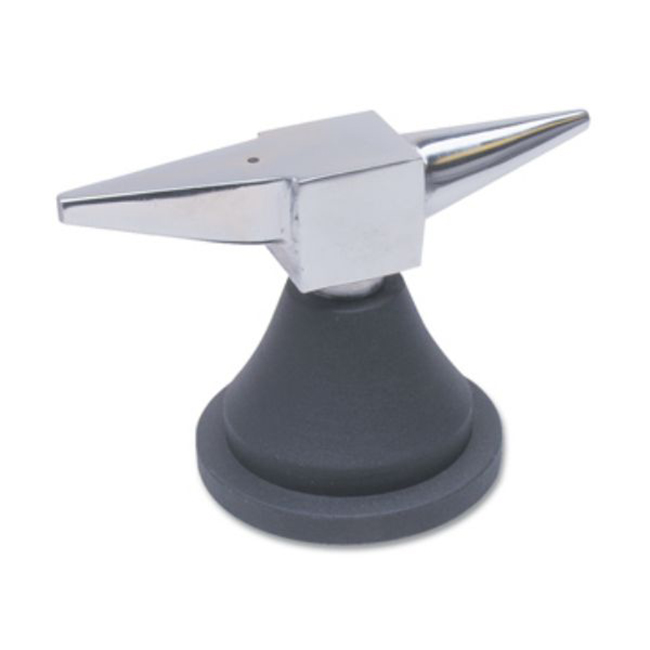
Horned Anvil
For most classes using this anvil, the key is in the square side. We will use to assist in the forging of the shape. -
Jeweler’s Saw
Used for cutting sheet metal and metal tubes. Instructor will provide for every class needed. -

Magnifier or Optivisor
– For almost all classes this is listed as an “As Needed” tool. If you have sight challenges it is recommended that you are properly prepared. For advance stone setting classes this is required! If you decide to use reading glasses consider better than 2.5x.
-
Muslin buffing wheels
Used with a flex shaft or Dremel to polish metal. -
Nylon nose parallel pliers
– Parallel action provides even pressure while holding firm. I love using nylon parallel pliers to manipulate my metal. Parallel pliers were my favorite pliers until they made nylon nose parallel pliers. For almost all projects these pliers are optional. You may use regular nylon nose and parallel nylon nose interchangeably. -
Nylon nose pliers
Flat nose pliers with PVC grips o the heads. Mostly used for straightening wire. In my classes they are used to prevent marring when bending metal. Only required for some classes, but this is mostly an optional item. -

Ott Light or Task Lamp
This is optional item that is listed for every class. It is up to you to determine whether or not you will need to have one depending on your vision. -
Rawhide/Leather Mallet
Shape and flatten metal without marring it. #2 mallet is a standard size. Instructor will provide for every class needed. A yellow nylon mallet may be used in its place, however a rubber one may not.

